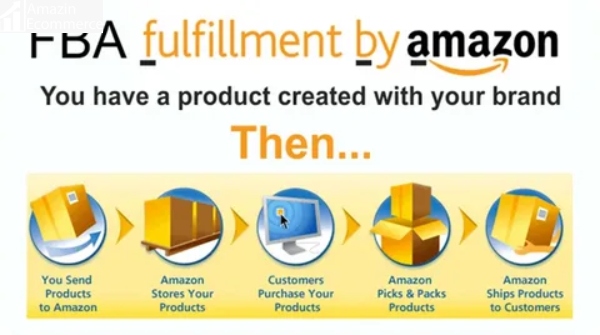In recent years, private label brands have become increasingly popular on Amazon. This has led to a significant shift in the e-commerce landscape, with many sellers now opting to create their own unique products rather than simply reselling existing ones. If you’re considering creating a private label brand on Amazon, it’s important to understand the landscape and what it takes to succeed.
One of the primary benefits
One of the primary benefits of creating a private label brand on Amazon is that you have complete control over your products. This means that you can create products that are tailored specifically to your target audience and that reflect your brand’s values and messaging. Additionally, private label products often have higher profit margins than reselling existing products, which can make them a more attractive option for sellers.
Private label landscape
However, the private label landscape on Amazon is also incredibly competitive. There are thousands of other sellers vying for attention and sales, which means that you need to have a solid strategy in place if you want to succeed.
- Research your market: Before creating your Amazon private label products, it’s important to research your market thoroughly. Look at what products are currently selling well, what niches are underserved, and what customer pain points you can address. This information can help you create products that are in demand and that stand out from the competition.
- Build a strong brand: Your private label brand should have a clear and compelling message that resonates with your target audience. Consider factors like your brand’s values, personality, and unique selling proposition, and use these elements to create a brand that stands out in a crowded marketplace.
- Focus on quality: Quality is essential when it comes to private label products. Customers expect high-quality products, and anything less can damage your brand’s reputation. Invest in quality materials, work with reputable manufacturers, and conduct rigorous quality control checks to ensure that your products meet your standards.
- Optimize your listings: Your product listings are your primary sales tool on Amazon, so it’s important to optimize them for maximum visibility and sales. Use targeted keywords, high-quality images and videos, and persuasive copy to showcase your products and convince customers to buy.
- Leverage Amazon’s tools: Amazon offers a range of tools and resources that can help you promote and sell your private label products. Consider using tools like Amazon Advertising, Amazon Brand Registry, and Amazon’s A+ Content to boost your visibility and credibility on the platform.
Conclusion
In conclusion, creating a private label brand on Amazon can be a smart move for sellers looking to differentiate themselves and increase profits. However, success requires a strategic approach and a focus on quality, branding, and customer experience. By following these tips, you can navigate the Amazon private label landscape and build a successful brand that resonates with your target audience.






